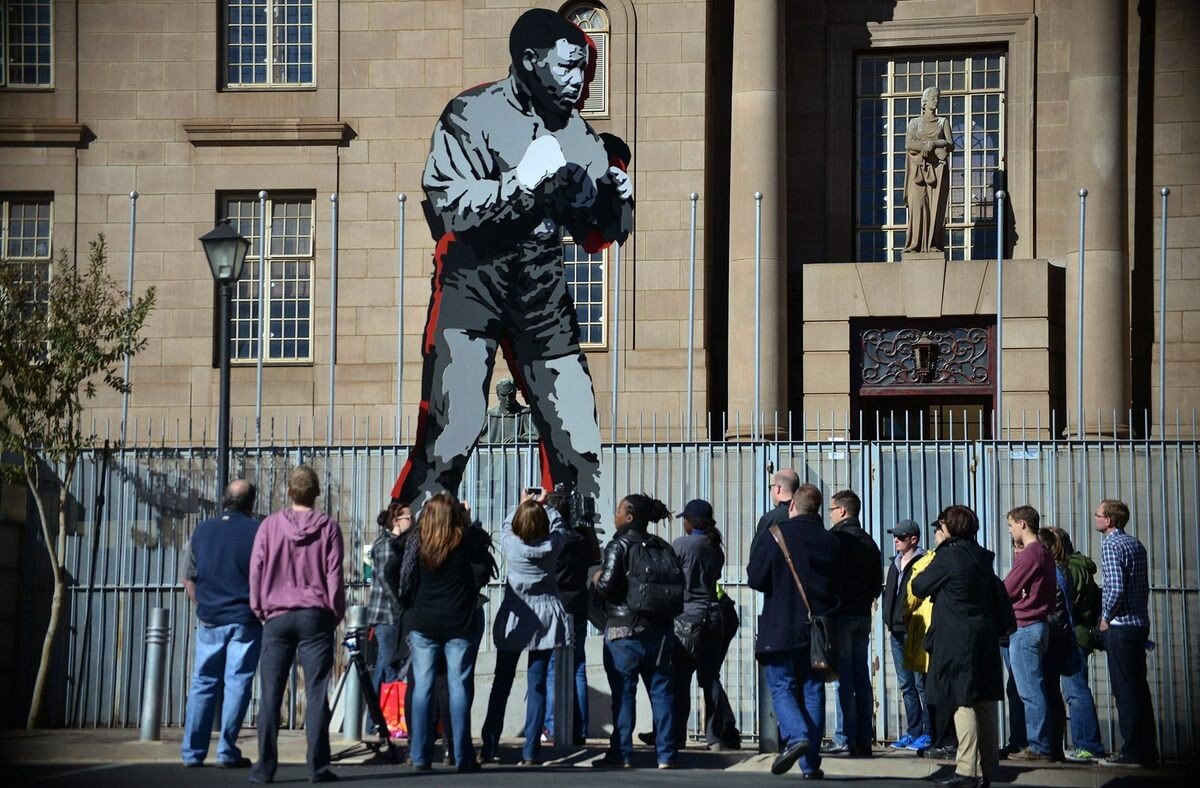
Following his release from prison, Mandela again made Joburg his home. In the days following his death in 2013, the world's leaders converged on the city to pay their respects to this most inspirational man. Each year on July 18, Nelson Mandela's birthday, the world marks Mandela Day to celebrate his contribution towards the struggle for freedom and equality by volunteering 67 minutes of service.
We have compiled a list of notable sites worth visiting for those who wish to delve deeper into the profoundly moving history of South Africa's first democratically elected president.
Mandela sites
ALEXANDRA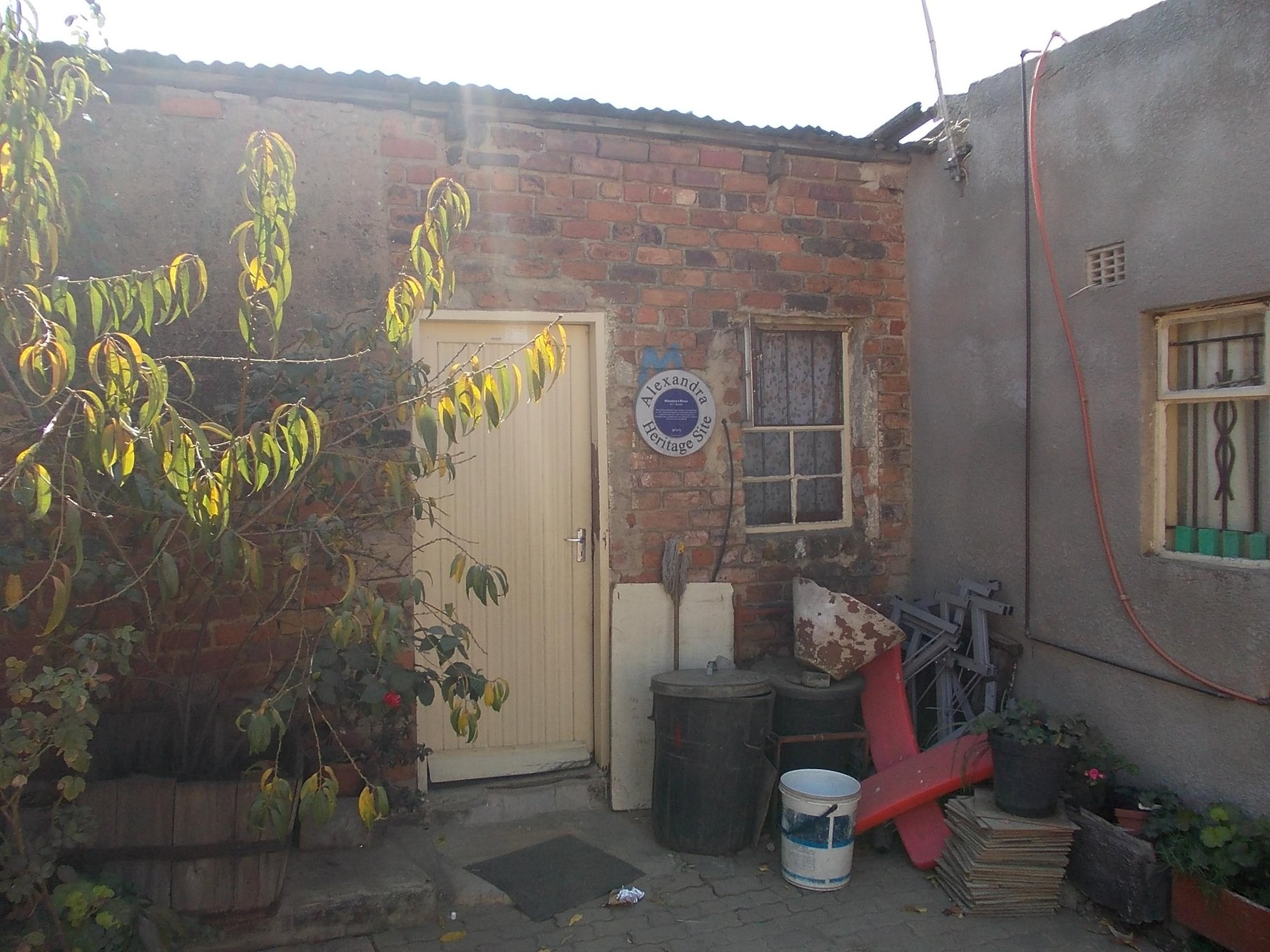
APARTHEID MUSEUM
One of South Africa's best museums, the extensive collection at the Apartheid Museum provides context for Mandela's efforts to establish a free and democratic South Africa. The museum strives to show the bitter realities of the apartheid system from many angles, making a visit an unforgettable, thought-provoking, and at times difficult, but also a highly educational experience. The museum also hosts focused temporary exhibitions.
CHANCELLOR HOUSE AND SHADOWBOXING STATUE
From this building in the City Centre, called Chancellor House, lawyers Nelson Mandela and Oliver Tambo ran the city's first black-owned legal practice. The building has since been transformed into an open-air museum. Opposite Chancellor House, in front of the Johannesburg Magistrate's Court, stands an impressive statue erected in 2013 of a young Mandela shadowboxing. This statue, our favourite Mandela statue, was created by sculptor Marco Cianfanelli and inspired by a famous photograph taken by Drum photographer Bob Gosani of Mandela sparring with Jerry Moloi on a City Centre rooftop. Mandela's words are etched along the statue's plinth: 'In the ring, rank, age, colour, and wealth are irrelevant.'
CITY SIGHTSEEING RED BUS
A great way to see many of the city's key sights in one day, the City Sightseeing Red Bus is a hop-on hop-off experience that takes you through Joburg's historic, leafy suburbs. The bus stops at the Nelson Mandela Centre of Memory, a publicly accessible archive of Mandela's work in obtaining social justice and the struggle for freedom, close to his last home in Houghton.
CONSTITUTION HILL – THE OLD FORT

The entire prison complex was converted into a museum after the end of apartheid, and the area is named after the modern South African Constitutional Court, which is also situated here. The cell that Mandela occupied inside the Old Fort building now houses a permanent exhibition detailing his experiences of imprisonment on Constitution Hill and Robben Island. The exhibition is complemented by original copies of his prison diaries and excerpts from his manuscript for the iconic book Long Walk to Freedom. Constitution Hill also features a Gandhi Mandela Exhibition, consisting of four spaces with imagery of Mandela and Indian pacifist and advocate of non-violent resistance, Mahatma Gandhi, at various stages of their lives.
NELSON MANDELA BRIDGE
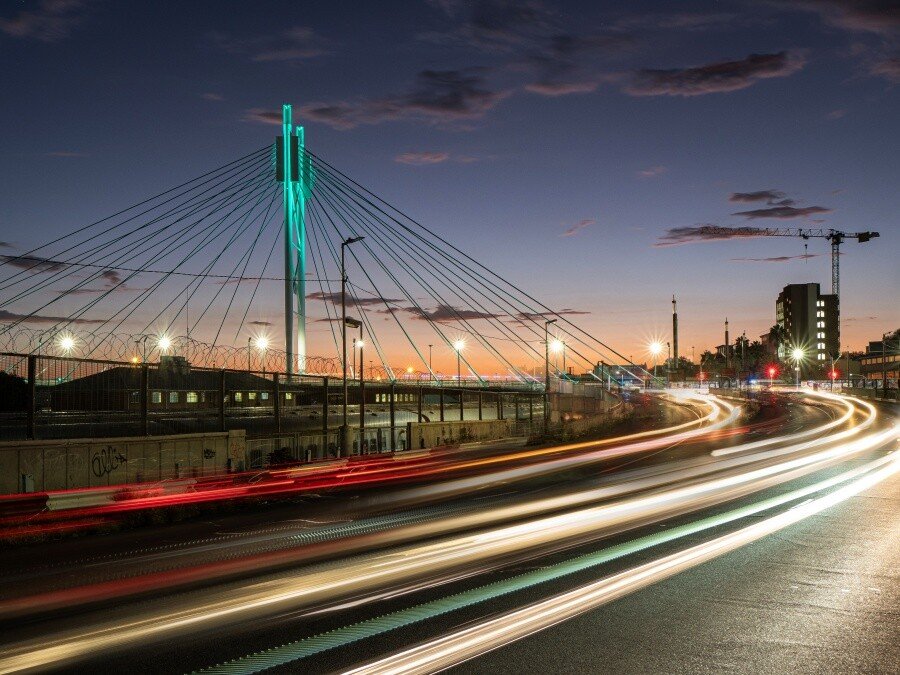
NELSON MANDELA CENTRE OF MEMORY
A small museum and archive, run by the Nelson Mandela Foundation, the Nelson Mandela Centre of Memory is dedicated to Mandela's life and legacy and is located just a short walk from his final home on 4th Street in Houghton. The exhibitions include personal items such as his diaries and Nobel Prize, offering insights into his life history. Visitors can also see the office from which Mandela worked after retiring from politics. Visits are by appointment only.
SANCTUARY MANDELA
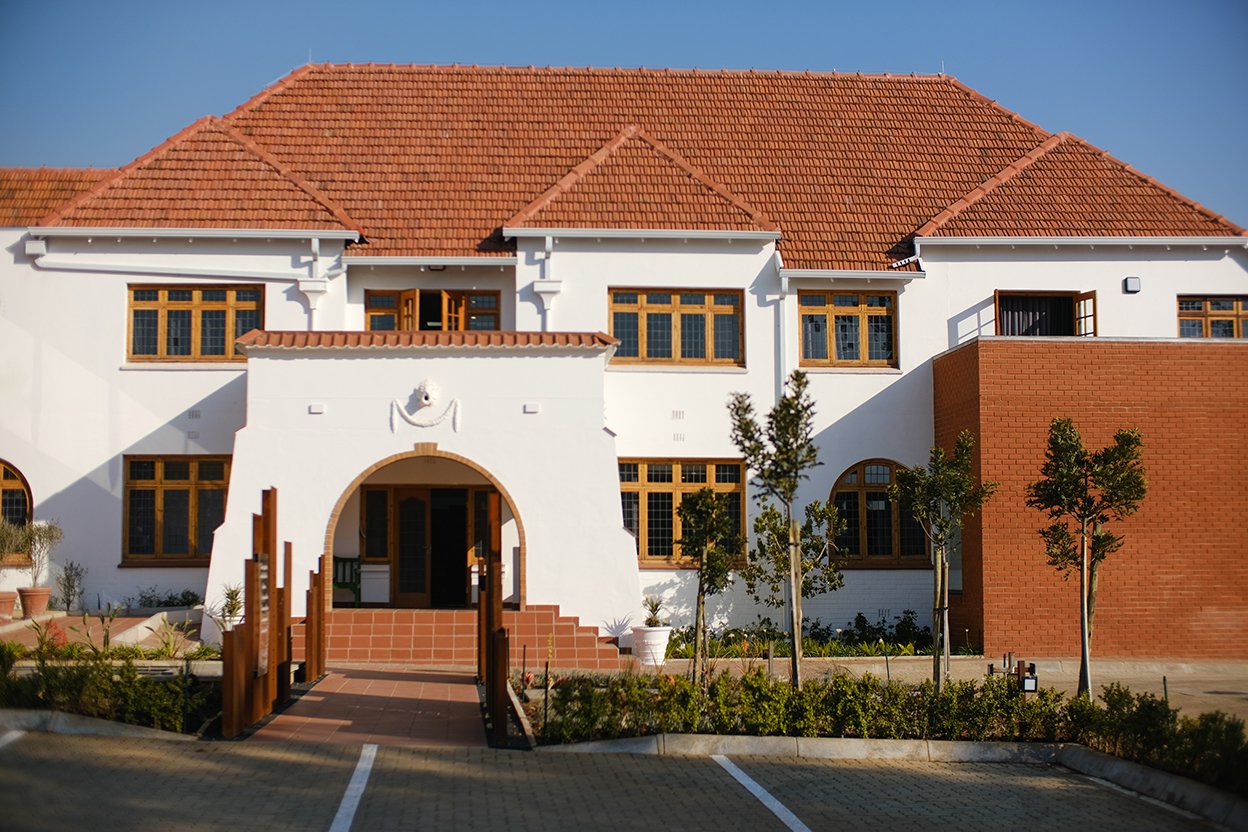
SAXON HOTEL, VILLAS AND SPA
It would be remiss not to mention one of the most significant moments in Nelson Mandela's legacy: the writing of his autobiography, Long Walk to Freedom. The book details the intimate events, experiences, and thoughts that shaped the former president during his formative years in politics and his journey toward South Africa's freedom. While writing the book, Mandela stayed as a guest at the home of South African billionaire businessman Douw Steyn, which is now the Saxon Hotel, Villas and Spa. Mandela's legacy is so integral to the Saxon that one of the suites is named after him. If you’re interested in combining history and luxury, we recommend booking afternoon tea at the hotel, which offers the opportunity to view artwork created by artist Dean Simon. Titled Foresight and Hindsight: The Five Faces of Mandela, these pieces are prominently displayed throughout the establishment.
SOWETO
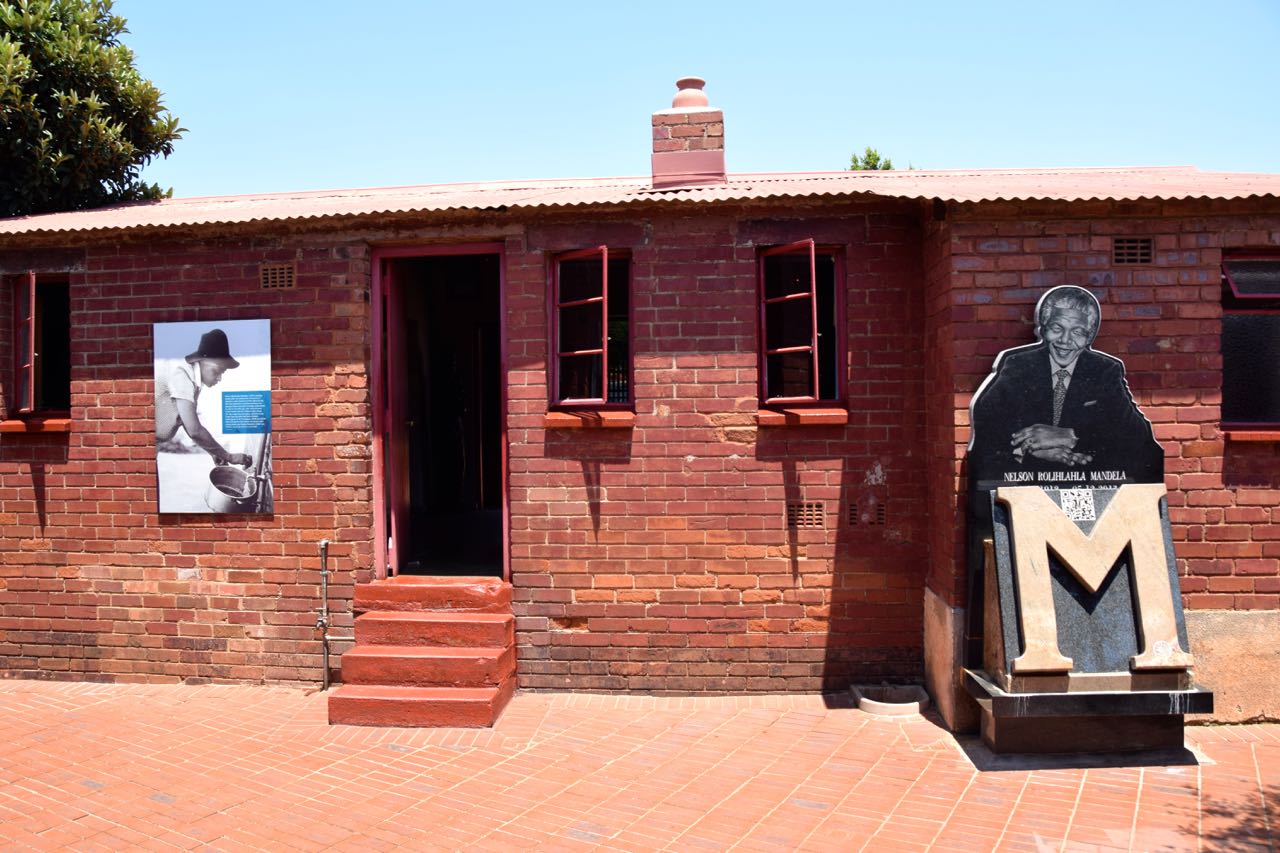
Mandela tours
Several tour companies offer walking tours themed around Joburg's struggle history. These tours provide an in-depth look at the places where Nelson Mandela and other South African heroes, such as Walter Sisulu and Oliver Tambo, worked and lived, mainly in Soweto. They are an excellent way to learn more about Joburg's vital role in the country's long walk to freedom. Recommended guides include Joburg 360, MicroAdventure Tours, Tour Soweto, Thabo the Tourist, and LocalPlaces.Mandela artworks
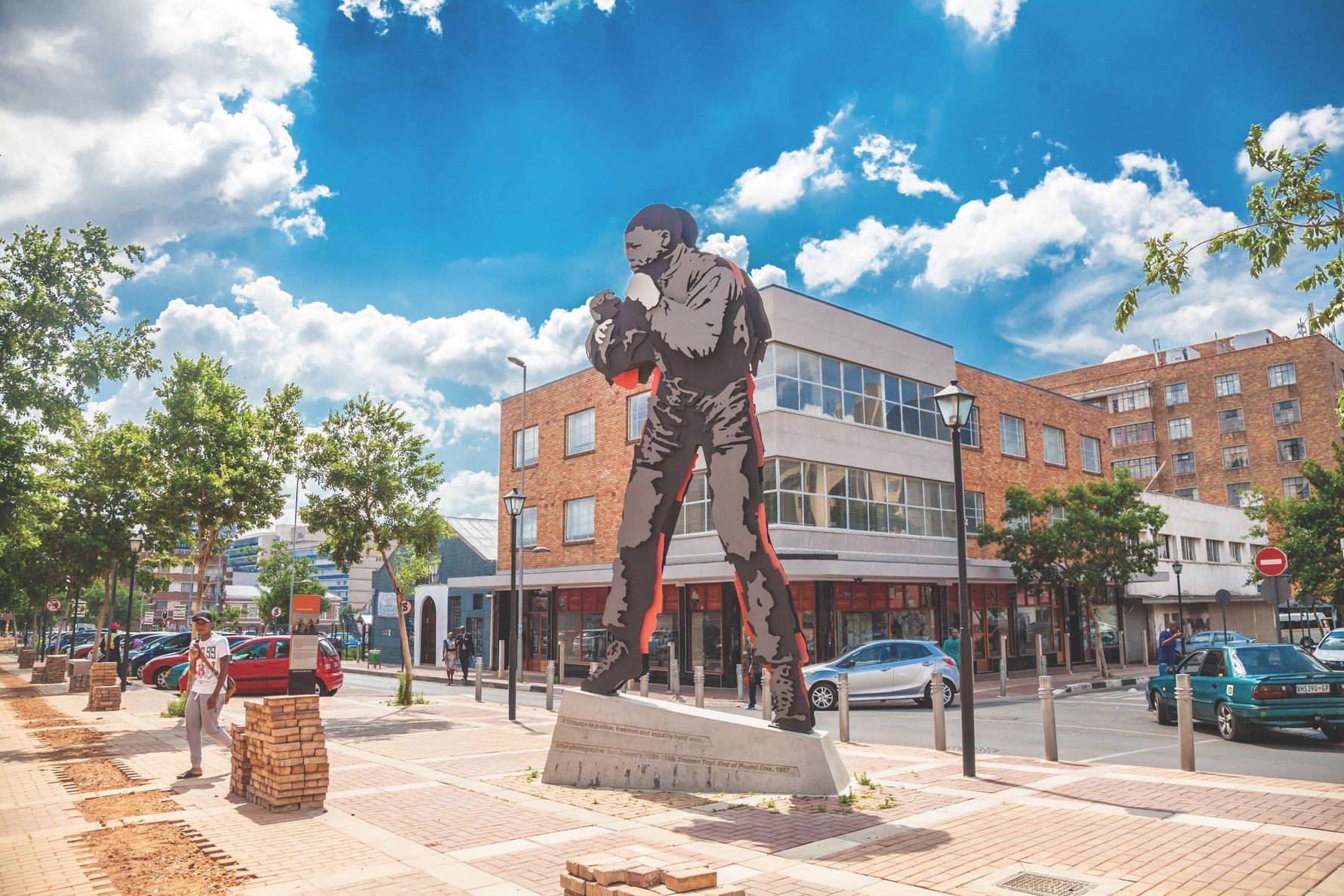
As you travel along the M2 highway into the heart of Doornfontein (Staib Street), you'll catch a glimpse of a stunning nine-story mural of Mandela on a face-brick building. Created by Ricky Lee Gordon, this mural also depicts Mandela as a boxer, inspired by a famous photo by Bob . It's a beautiful image to capture for any street art lover looking to gain a sense of the city.
In Braamfontein, you'll be struck by the immense portrait of Mandela by Shepard Fairey, who is best known for his Hope graphic used for Barack Obama's presidential campaign. Titled The Purple Shall Govern, it looks across the city from Juta Street.
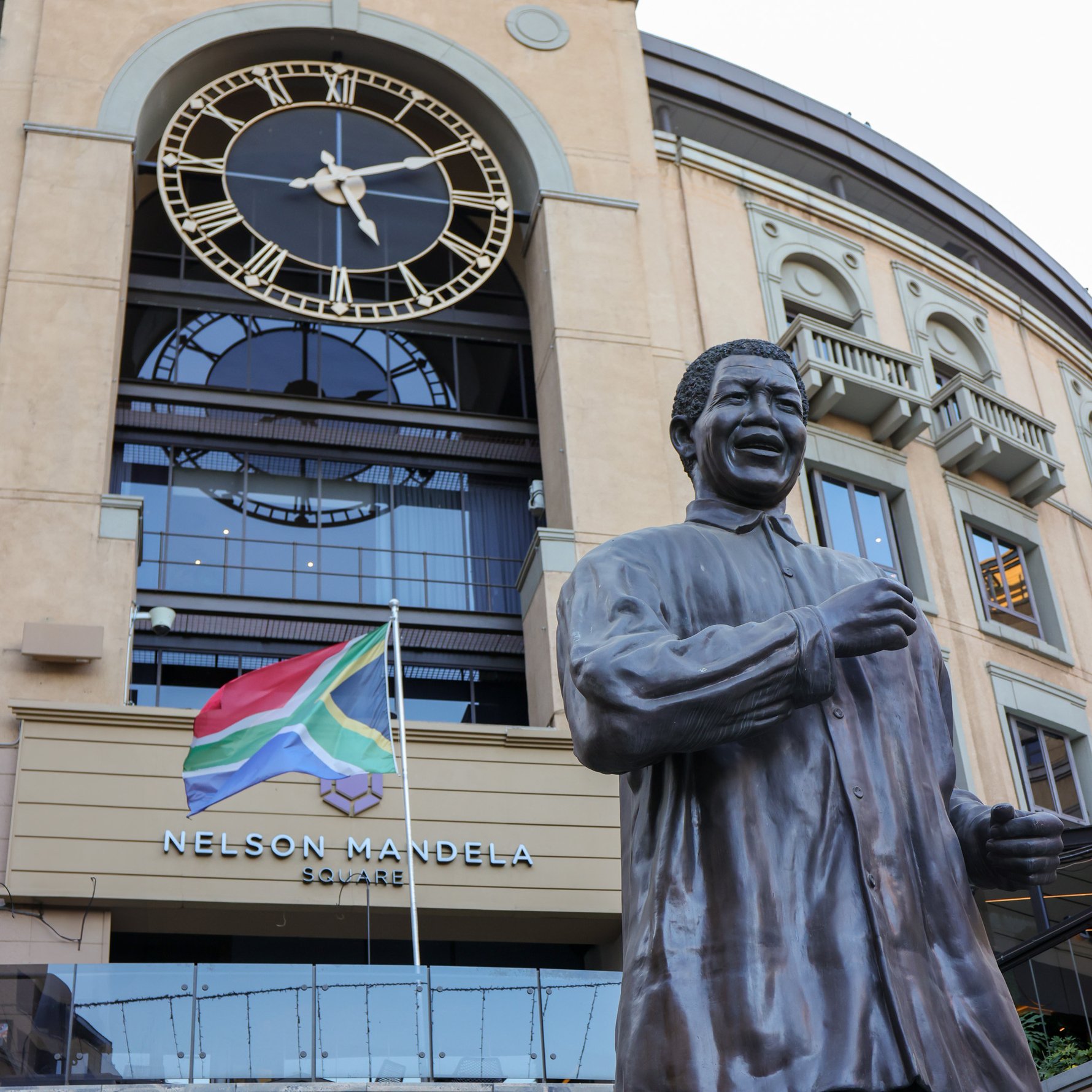
One of the most popular statues of Nelson Mandela in Joburg is located at Nelson Mandela Square shopping centre in Sandton. We think it bears the least resemblance to the great man, but that makes it no less popular with thousands of tourists who visit the square annually to have their photograph taken with it. This is also a good place to seek out mementos and souvenirs. Find your way to the Presidential Shirt, which stocks many versions of the famous shirts favoured by Mandela.


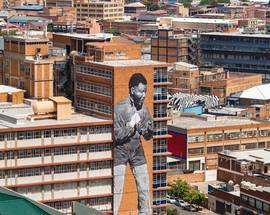
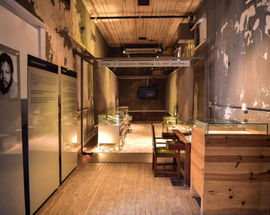
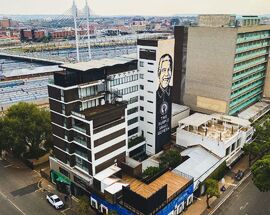


Comments